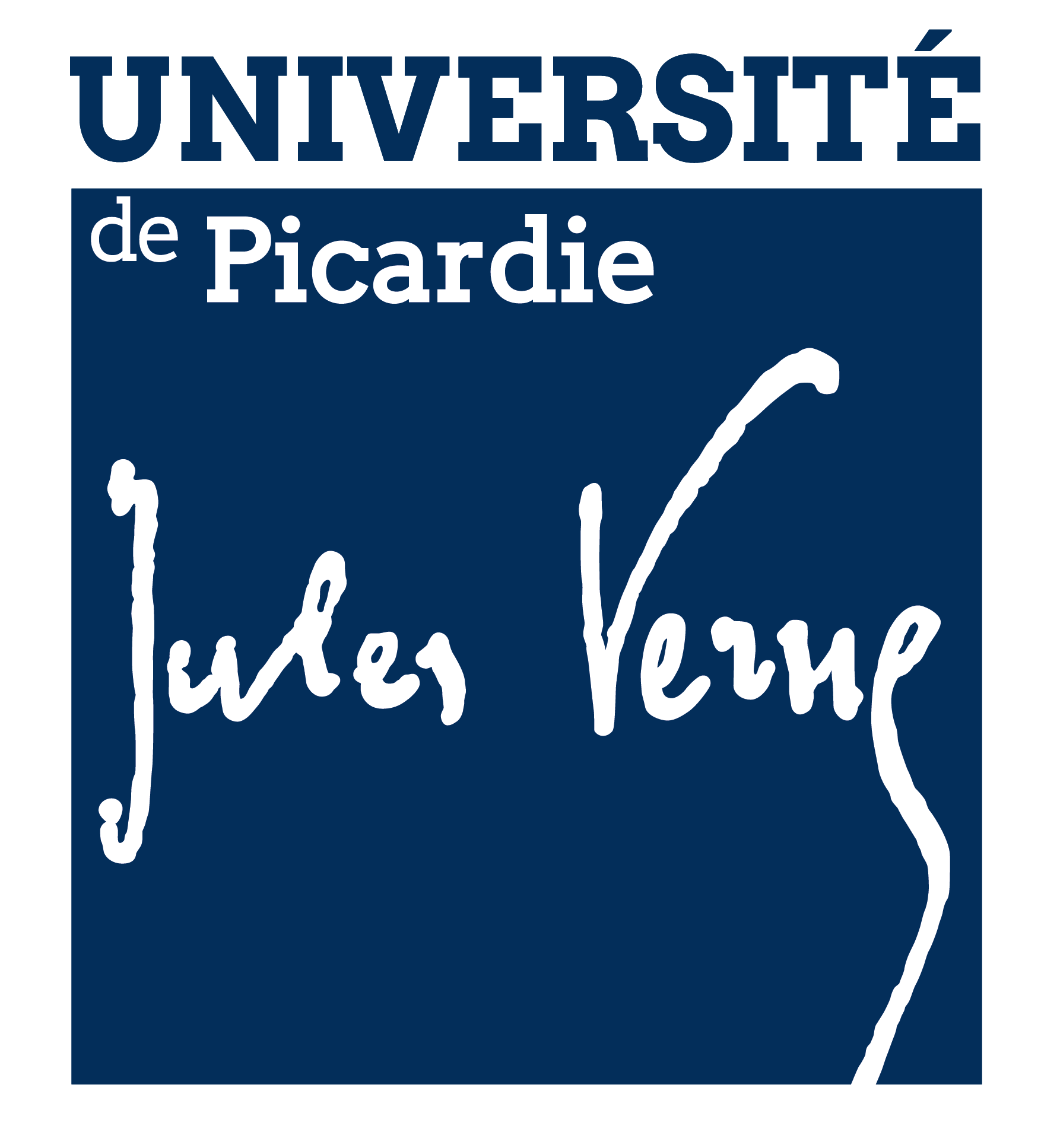The formulation of a CMC binder/silicon composite anode for Li-ion batteries: from molecular effects of ball milling on polymer chains to consequences on electrochemical performances
Résumé
The semi-synthetic polysaccharide carboxymethylcellulose (CMC) is one of the most studied and effective polymer binders for silicon-based anodes in Li-ion batteries. The formulation of the corresponding composite negative electrode with an appropriate mixture of electroactive silicon, a CMC binder and a carbon additive is mandatory to ensure a good electrical conductivity. Blending is commonly realized by a highly energetic ball milling treatment of these three aforementioned components. This type of mixing reduces the size of the obtained particles and can also potentially agglomerate them. Morever, it allows the formation of a nanostructured mixture which is essential for both the silicon activation and to achieve good electrochemical performance. However, such strong treatment can also cause a significant degradation of the polymer chains, as we have recently demonstrated for polyacrylic acid (PAA). In the present work, the structural and chemical effects of this mechanical grinding on three commercial CMCs ranging from 90 to 700 kg mol−1 were investigated. All the polymers were characterized using SEC-MALLS, FTIR spectroscopy, MALDI-TOF mass spectrometry and TGA-MS thermal analysis. In all cases, a huge average molecular weight decrease was noticed, leading to the appearance of a bimodal distribution with low (52–72 kg mol−1) to very low molecular weight populations (1–1.8 kg mol−1). From these results, two formulations of a negative electrode were compared, one with ball milling of the three compounds and another one including only ball milling steps for silicon and carbon. After the correlation of the characteristics of this negative electrode composite with the electrochemical results, it was demonstrated that a high number of functions for supramolecular or covalent linkages are keypoints of the herein anode performance. Low molecular weight CMC derivatives (about 64 kg mol−1) obtained by ball milling treatment led to higher stability of the electrode.
Domaines
Chimie| Origine | Publication financée par une institution |
|---|---|
| licence |



